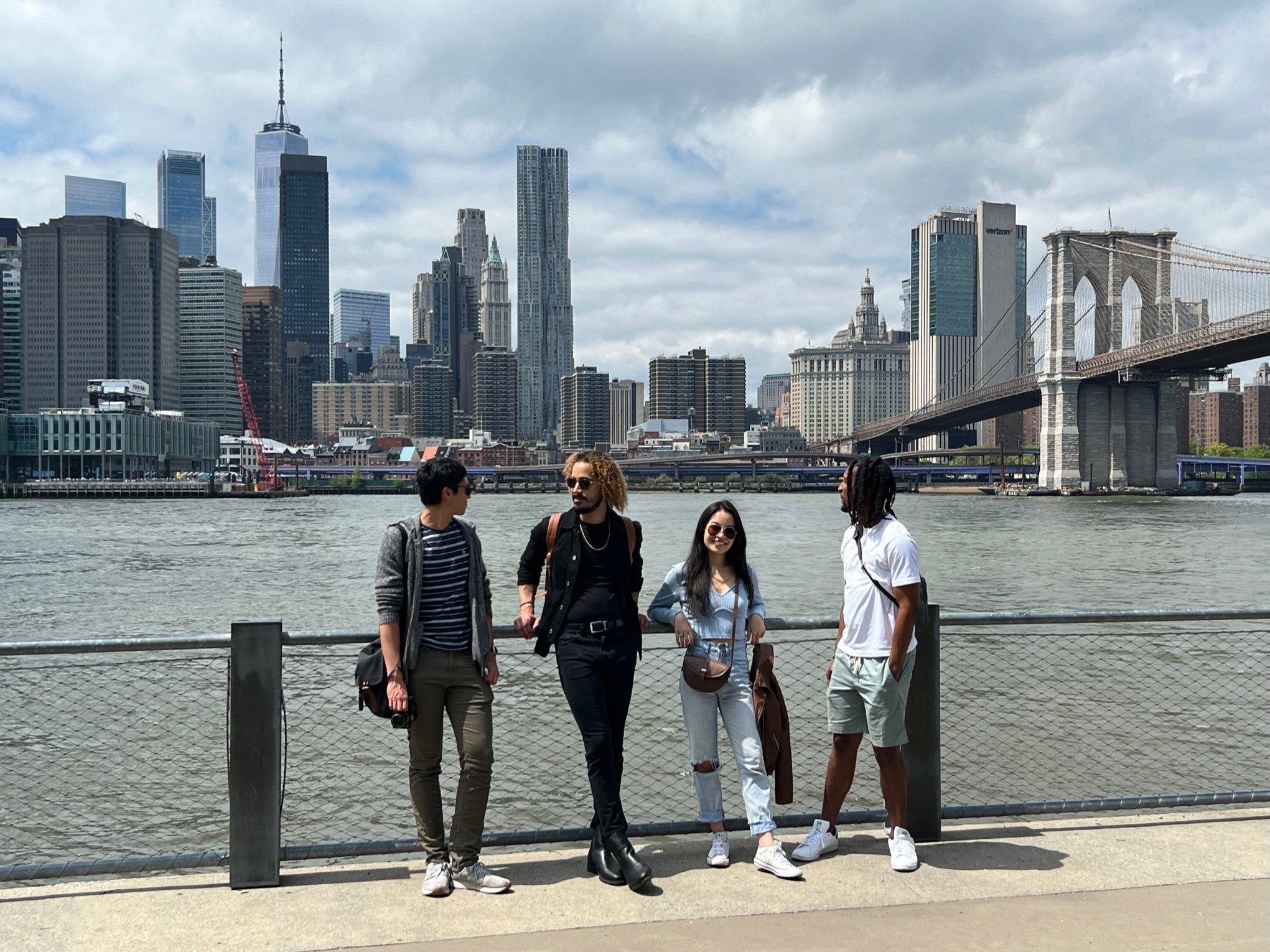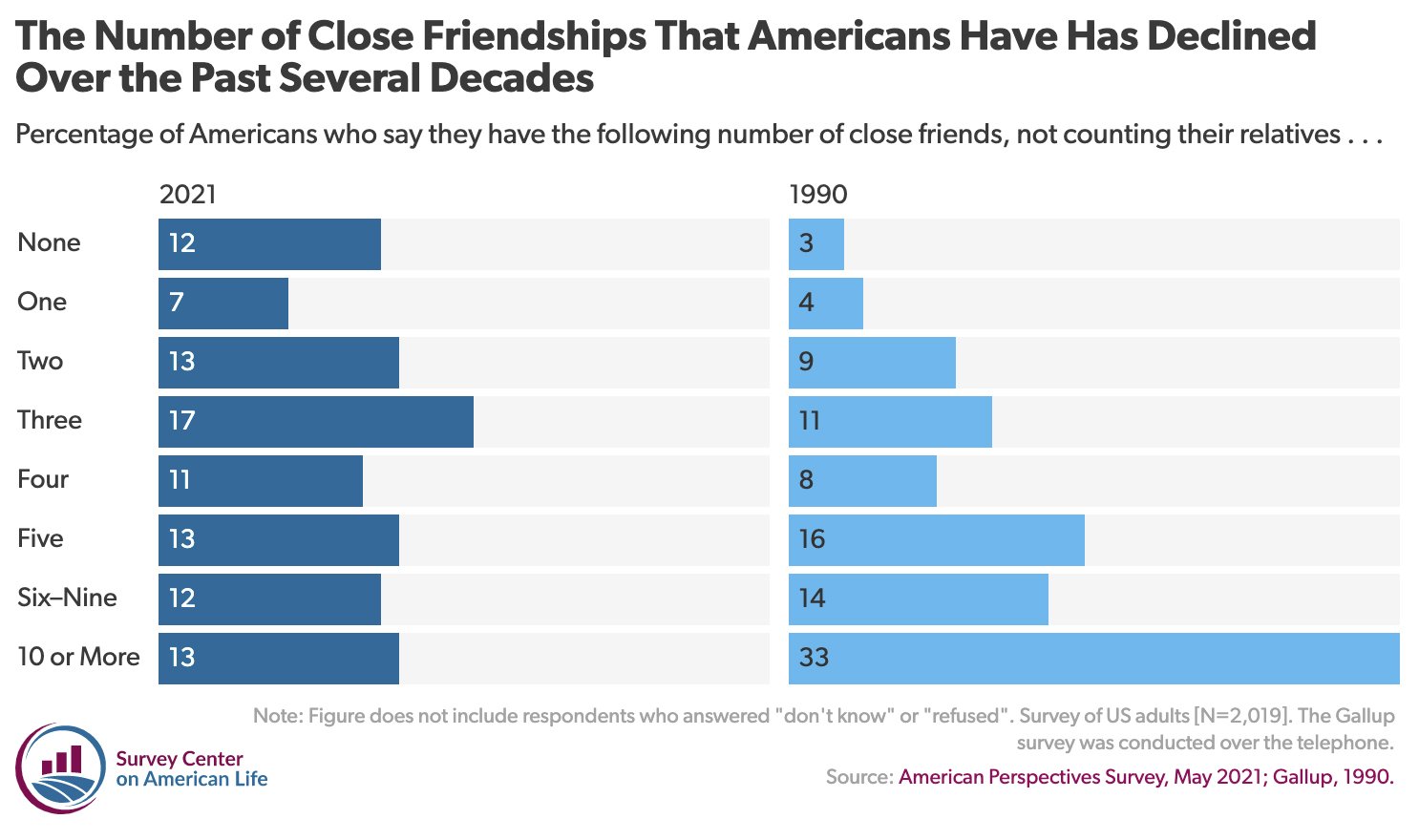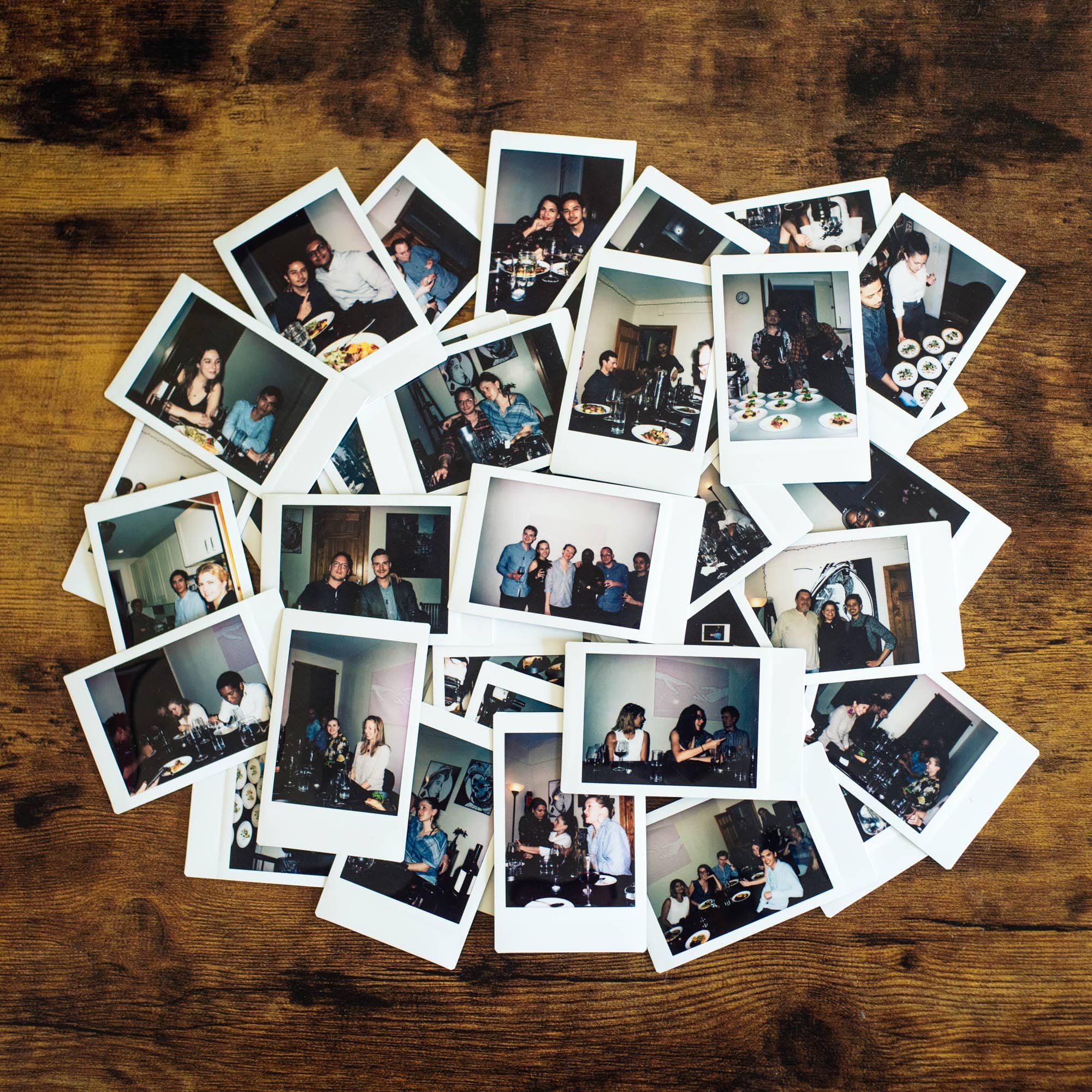The Friendship Crisis — Connecting in the Digital Age
Making friends as an adult is tough. We have fewer close connections than ever before, leaving many wondering how to find new friends who share similar interests and passions. How can we apply the principals of connection to technology and take our relationships from internet interactions to shared experiences in real life?
Decades of digital evolution have changed the way we live. From communication to getting groceries, everything is at our fingertips, and can be accomplished without leaving our homes. Gone are the days of physically knocking on your friend's door to see if they're free for dinner. The same task can now be accomplished digitally in a few taps, enabling friendships to expand from down the street to all over the world.
Engagement has shifted from eye contact, verbal conversation, and physical touch to the dopamine hits of likes, swipes, comments, and reactions. Conversations largely take place in our own heads: composing texts and reading responses with our inner voices. When we do catch up with friends on the phone, we're typically filling in the gaps of what we've already seen on social media.
While this shift in communication style has allowed us to be more connected than ever, it has come at the expense of connections with depth. We have traded interpersonal relationships and support networks for digital notifications and surface level interactions. Which is what brought our team together in trying to solve what social scientists have dubbed “the Friendship Crisis.”
In May of 2021, the American Survey Center published a survey detailing the change in friendships across the United States. It found that people have fewer close friendships than ever before, with almost half of Americans having three or less close connections. We are talking with our friends less often and relying on them less for personal support. There has also been a decline in making new friends:
46 percent of Americans have made a new friend in the past year
30 percent have found a friend in the past one to four years
22 percent say it has been at least five years since they made a friend
That the decline of friendships has come at a time when there are increased opportunities for connection is staggering. One could think of many reasons for such a disparity, but perhaps it would be better to focus on how to make friends in our connected world. YouTuber Nathaniel Drew highlights how friendship as an adult requires conscious effort — a deliberate act to bridge the uncomfortable gap and break through feelings of foreignness to find trust.
“What prevents friendship from taking place is a level of uncomfortableness, because you have to open up to somebody you don’t know to build trust. Having a shared language opens that bridge immediately. You’ve been on a similar journey, which brings trust. A big part of connection is finding ways to trust each other faster.” - Nathaniel Drew
Drew’s two primary shared languages, passions and experiences, are the drivers behind his concept of bridges. He describes finding commonality through passions as a bridge to connect. It stems from a place of vulnerability: the value of going deep on a topic and sharing it. The second shared language, experiences, provides an added layer of relatability between two people. You connect with people who have similar life experiences, struggles, and victories. Passion provides a way to open up, and experience brings humanity together, but how do you find the right people to surround yourself with?
Naturally, it makes sense to start in places you frequent the most: work, school, the gym, etc. Situational friends or place-based friendships have become increasingly common, with nearly 70 percent of Americans having a friend they only see in certain situations, according to the American Survey Center. Activity-based friendships are also increasing in frequency, with half of Americans reporting they have friends that they only do certain activities with: social activities, sports, hobbies, etc. Location and activity-based friendships align with Nathaniel Drew’s bridges of connecting through commonality, with passions and experiences, to bypass discomfort and build trust with companionship.
This runs true for us as well. Whether it’s drinking tea, playing frisbee, taking pictures, or devouring food, we connect most with people who share a passion for participating in the interests we enjoy. They serve as conversation starters — bridges to revealing our commonalities. As roommates in Harlem, our most coveted bridge of connection was our monthly dinner parties. Each one was its own unique experience: a four-course meal from an innovative chef served to a potluck of people from different parts of our lives. Using food as a shared experience, we were able to bring people together to form long-lasting friendships and create memorable moments that we still reminisce about to this day.
However, the dinners didn’t last. We watched our friend groups grow smaller as work and life priorities began to consume a greater portion of our free time. When we began working on Pitch, we realized how many people felt the same way: shrinking circles of close friends surrounded by the frenetic World Wide Web. When the coronavirus lockdowns came, we lost all access to the physical connectivity that’s always energized us. Prolonged isolation and withdrawal from the experiences we enjoyed introduced feelings of loneliness and connection deprivation. All of us felt that way, and a lot of us are still dealing with the discomfort of getting back out there. It feels hard to build real relationships, and now meeting new people takes serious effort. We’ve reached our crisis.
“Making friends in adulthood is universally hard. The only way that friendship works in adulthood is with intentional effort. You have to reach out and make it happen. It rarely happens naturally.” - Nathaniel Drew
The past two years have shown us that having global telecommunication tools can help alleviate the distance between our friends. It can bring us closer, but it can’t replace the feeling of commonality present when we are physically together. Initially, we wanted Pitch to improve the game theory of modern romance applications. We were tired of the way swiping made us feel. Our goal was to make dating more actionable by being event-specific. As development progressed, it became clear that connection, both platonic and romantic, was what the world lacked during the pandemic and what we could assist with as society returned to normal.
Functionally, Pitch can help people make plans with their existing friends, find new friends, and go on more dates. Being events-based means that conversations yield toward a plan of action. This will make online matchmaking purposeful and enjoyable, for both dating and friendship. By providing a way for people to connect through passions and experiences, we hope we can help make it easier to arrange plans in real life and reverse the trend of this Friendship Crisis.
If you want to Make Real Plans with us, download Pitch Social and follow along @makerealplans on social media!





